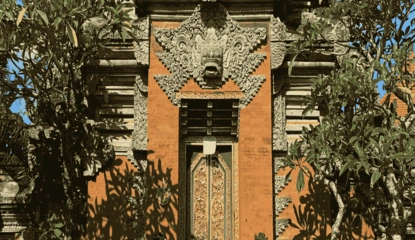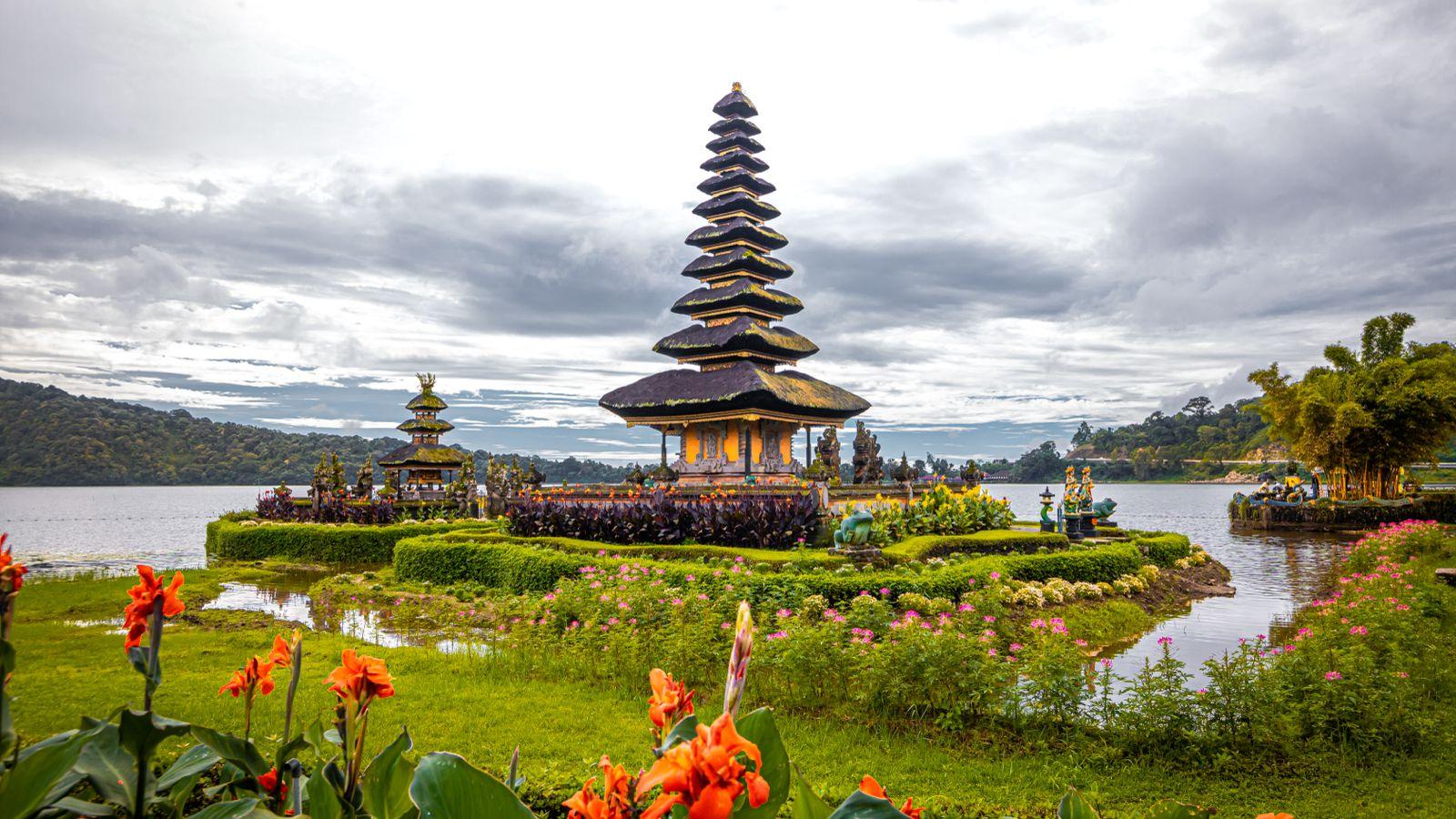The rich and vibrant culture of Bali, famed for its lush landscapes, traditional arts, and spiritual heritage, finds its voice in the Balinese language. Known as Basa Bali by locals, the Balinese language is an essential marker of identity and tradition for the Balinese people. It is not only a means of daily communication but also a cultural treasure that reflects the history, values, and complexities of Balinese society. From ceremonies and rituals to literature and day-to-day conversation, Basa Bali offers both a link to the past and a living presence in Bali’s modern world.
Although it is spoken alongside Indonesia’s official national language, Bahasa Indonesia, Basa Bali is deeply tied to the island’s cultural foundation, preserving customs and traditions passed down through generations.
Origins and Linguistic Identity
The Balinese language belongs to the Austronesian language family, which connects it to a vast network of languages spoken throughout Southeast Asia and the Pacific. Its closest linguistic relatives are Javanese, Sasak (spoken on the neighboring island of Lombok), and other regional languages in Indonesia. As a distinct language, Basa Bali evolved over centuries, shaped by the influence of Hinduism, ancient Javanese, and Balinese cultural practices.
Basa Bali has intricate linguistic roots tied to the island’s historical connections with Hindu empires such as Majapahit in Java, as well as Sanskrit and Old Javanese (Kawi), which have deeply enriched its lexicon. Sanskrit, especially, introduced many words used in sacred texts, religious ceremonies, and traditional practices, while Old Javanese contributed literary refinement and stylistic aesthetics to classic Balinese literature. Today, these facets of history live on in how Balinese is spoken, written, and revered.
Distinct Language Levels
One of the unique features of Basa Bali is its hierarchical system of speech levels, which reflects social status, formality, and cultural politeness—a practice deeply rooted in Bali’s communal and stratified society. There are three main language registers in Balinese:
-
Bali Alus (Refined Balinese): This formal and respectful level of the language is used in interactions with higher-status individuals, during formal ceremonies, or in addressing elders and religious leaders. It features a vocabulary heavily influenced by Sanskrit and Old Javanese, lending it an air of sophistication and deference.
-
Bali Madya (Intermediate Balinese): This middle level is used in semi-formal settings, such as interactions among peers of comparable status or in slightly formal gatherings. It contains elements of both refined and colloquial language, offering flexibility depending on the context.
-
Bali Kasar (Casual or Rough Balinese):This colloquial level is used for casual conversations among close friends, family members, or individuals of similar social status. It is direct, simple, and stripped of the formality typically associated with the other registers.
These speech levels are not only fascinating for their linguistic complexity but also for their clear reflection of the respect and communal harmony that are central to Balinese culture. The careful choice of register allows speakers to navigate social interactions with grace and decorum, honoring age, position, and cultural values.
Writing Systems in Balinese
Balinese has a rich literary tradition that uses two distinct scripts: the Balinese script and the Roman (Latin) script.
The Balinese script, called Aksara Bali, is a traditional Brahmic script derived from ancient Indian writing systems. It is used to write sacred texts, traditional literature, and classical poetry, often preserved on lontar palm leaves or in ceremonial documents. This ornate and intricate script reflects the artistic and spiritual richness of Balinese culture, but it is mainly reserved for ritualistic and religious purposes in contemporary times.
In everyday contexts, Balinese is more commonly written using the Roman alphabet, introduced during Dutch colonial rule for practical literacy. Today, Romanized Balinese simplifies communication and makes the language accessible to modern readers. However, efforts to preserve and teach Aksara Bali continue to thrive in schools, cultural institutions, and religious education, as it remains an important symbol of Balinese identity and heritage.
Balinese Versus Bahasa Indonesia
As part of Indonesia, Bali is a multicultural island where Bahasa Indonesia, the national language, is widely spoken. The coexistence of Bali’s local language with the official national language reflects the island’s integration into broader Indonesian society. While Bahasa Indonesia is used for governance, education, and inter-ethnic communication, Basa Bali dominates within traditional and cultural contexts, especially in rural areas, religious ceremonies, and familial interactions.
Interestingly, many Balinese people are bilingual, comfortably switching between Bahasa Indonesia and Basa Bali depending on the situation. However, there is growing concern about the declining use of Basa Bali among younger generations, particularly in urban areas, as Bahasa Indonesia and even English become more dominant due to globalization, tourism, and formal education systems.
The Role of Basa Bali in Culture and Rituals
Basa Bali is intertwined with Balinese Hinduism, rituals, and traditional performances. It is the language of offerings, sacred chants, and temple ceremonies, connecting the Balinese people to their gods and ancestors. Religious leaders and priests, known as pedanda, often use Basa Bali in prayers and mantras, infusing their rituals with a spiritual resonance that ordinary speech cannot achieve.
Beyond religious settings, Basa Bali plays a major role in performing arts and storytelling. In traditional puppetry or shadow plays (wayang kulit), as well as in Balinese dance dramas like legong or barong, Basa Bali is prominently featured, reinforcing the cultural narrative and delivering timeless teachings to audiences. Balinese literature, including epic poems like the Arjuna Wiwaha or Ramayana, also preserve the beauty of the language and celebrate its poetic heritage.
Preserving the Balinese Language
The Balinese language faces challenges common to many traditional languages in the modern world. With globalization and tourism steering Bali's younger generations toward Bahasa Indonesia, English, and other global languages, there is a concern that Basa Bali may gradually fade in everyday interaction. To counter this, efforts have been made to preserve and promote the Balinese language.
Schools in Bali now offer Basa Bali as part of their curriculum, teaching children not only to speak the language but also to read and write using the Balinese script. Community initiatives and cultural organizations play an active role in reviving interest in Balinese literature, theater, and traditional music. Social media platforms and mobile applications, such as dictionaries and learning tools for Basa Bali, have also emerged to make the language more accessible to the tech-savvy younger generation.
Importantly, festivals, traditional ceremonies, and family rituals within Bali continue to rely on Basa Bali, ensuring its survival in deeply rooted cultural practices. These cultural pillars, along with local pride in preserving traditional identities, help sustain the language as an enduring symbol of Bali’s heritage.
A Living Identity
Basa Bali is more than just a means of communication—it is a reflection of the Balinese way of life, their reverence for tradition, and their deep-rooted connection to culture and community. Through its speech levels, its complex script, and its enduring presence in ceremonies and art, Basa Bali offers a profound understanding of the values and history that define the Balinese people.
Despite the challenges posed by modernization, the language continues to evolve as a bridge between Bali’s heritage and the modern world. By speaking, preserving, and celebrating Basa Bali, the people of Bali ensure that their language remains a vital thread in the fabric of their cultural identity. For visitors to Bali, even learning a few words of Basa Bali—such as “Om Swastiastu” (a greeting) or “Suksma” (thank you)—opens the door to deeper connections with the island and its vibrant, living traditions.












